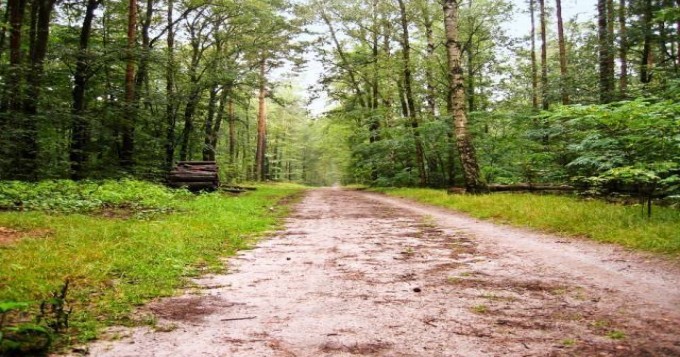LAHORE: Experts and environmentalists on Sunday called for taking concrete measures to boost Pakistan’s climate resilience by revitalising the forestry sector.
Talking to APP, the forest experts said that if the process of cutting down trees continued, nobody could save the country from the devastating impact of global warming and the induced climate change.
Noted environmentalist Dr Maqsood Ahmed said that forests were the best way to achieve enhanced climate resilience against fallouts of the climate change impacts.
“Most people believe that global warming is caused by burning oil, gas and coal. But, in fact, between 25 and 30 per cent of the greenhouse gases released into the atmosphere each year or estimated 1.6 billion tonnes of carbon dioxide, is caused by deforestation, mainly due to cutting and burning of forests every year,” Dr Maqsood added.
He said that the same amount of climate-altering carbon dioxide gases, released from fossil fuel burning through any source, can be removed from the atmosphere to stabilise the climate change by halting deforestation.
Prominent forest expert Dr Sarwat Naz Mirza said that studies of the UN Food and Agriculture (FAO) revealed that trees consisted of 50 per cent of carbon deposits.
“But when they are chopped down or burned, the carbon dioxide they store makes its way back into the air,” he added.
To a question, he said that around 13 million hectares of forests worldwide were being lost annually, almost entirely in the tropics; most of it occurs in Africa, Latin America and Southeast Asia.
Fakhar-e-Abbas, a scientist at the Pakistan Agricultural Research Council said that according to UNESCO’s International Coordinating Council of the Man and the Biosphere Programme, Pakistan’s juniper forest was believed to be the world’s second largest such reserve.
He said that clearing of juniper forest or trees was alarming as these were being replaced by orchards.
Replying to a query, Abbas said that it was illegal to cut down juniper, whether the land is publicly or privately owned.
However, he said that comprehensive data or estimation of the amount of juniper forest being cleared each year was not available. “The problems facing the forest are ecological and environmental as well as economical,” he said.
He also said that juniper trees were being infected with fungus and bacteria due to inbreeding.
A senior official in the Ministry of Climate Change (MoCC) told APP that the incumbent government, with the help of the World Bank-funded US $3.8 million REDD+ programme, has already been launched in the country.
He said that this programme would help forest owners to access money for forest protection and controlling their shrinkage.
The official further said that the lack of access to energy for cooking and heating in households, illegal tree cutting, population growth and associated wood demand surge, changes in land cover for non-forestry uses, land erosion and degradation, were among major causes of deforestation in the country.
He urged the provincial and federal representatives of the forest departments to join the climate change ministry’s efforts for implanting national forest policy that aims to halt deforestation and inject new life in the ailing forestry sector.
According to official data, Pakistan has a total forest cover of 4.4 million hectares, and the current rate of deforestation is 27,000 hectares per year, he added.
He said that around 53,000 Pakistanis were directly employed in the forestry sector, while the country has 213 million metric tonnes of carbon stocks in living forest biomass.





I have yet to see any (practical) suggestion put forth by any expert in the country. By simple saying, “don’t cut trees” has simply failed to bring any qualitative change in our environment.